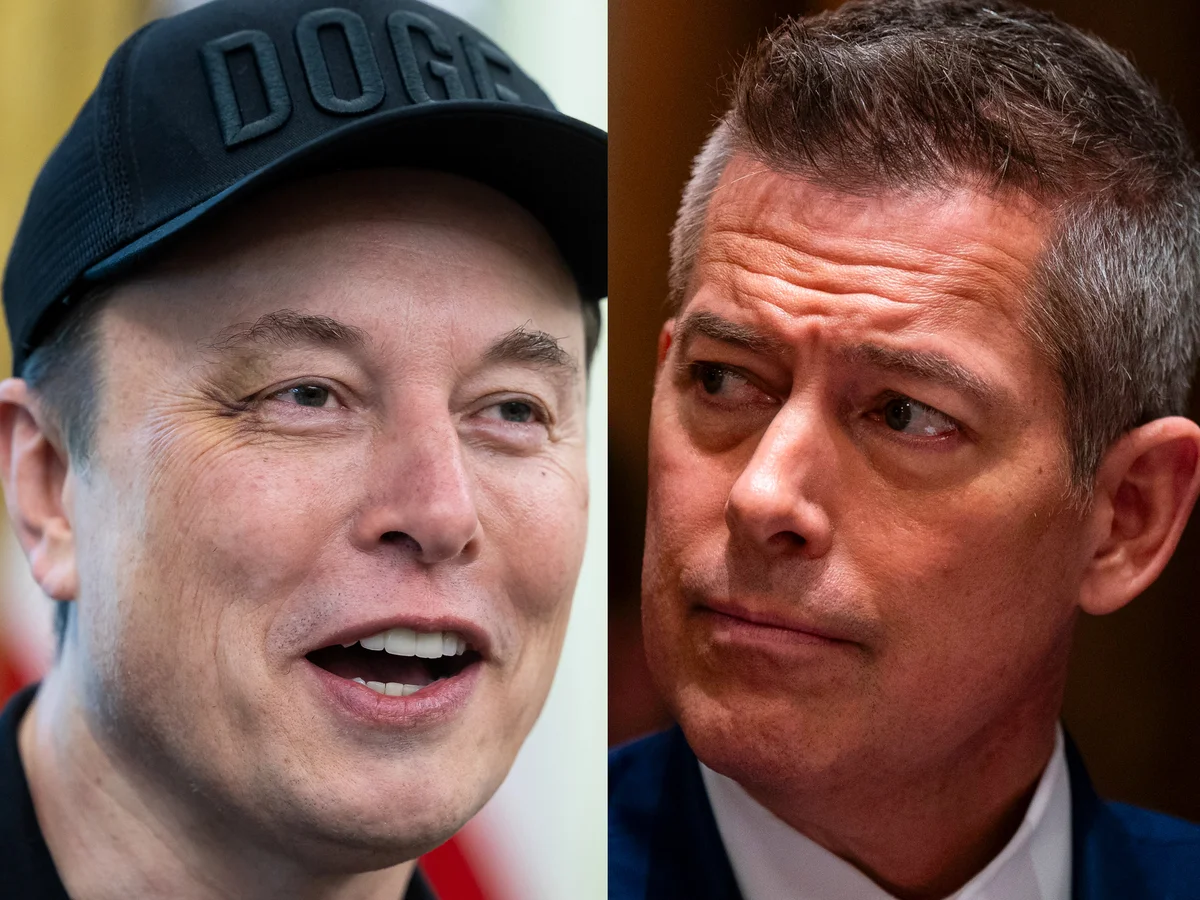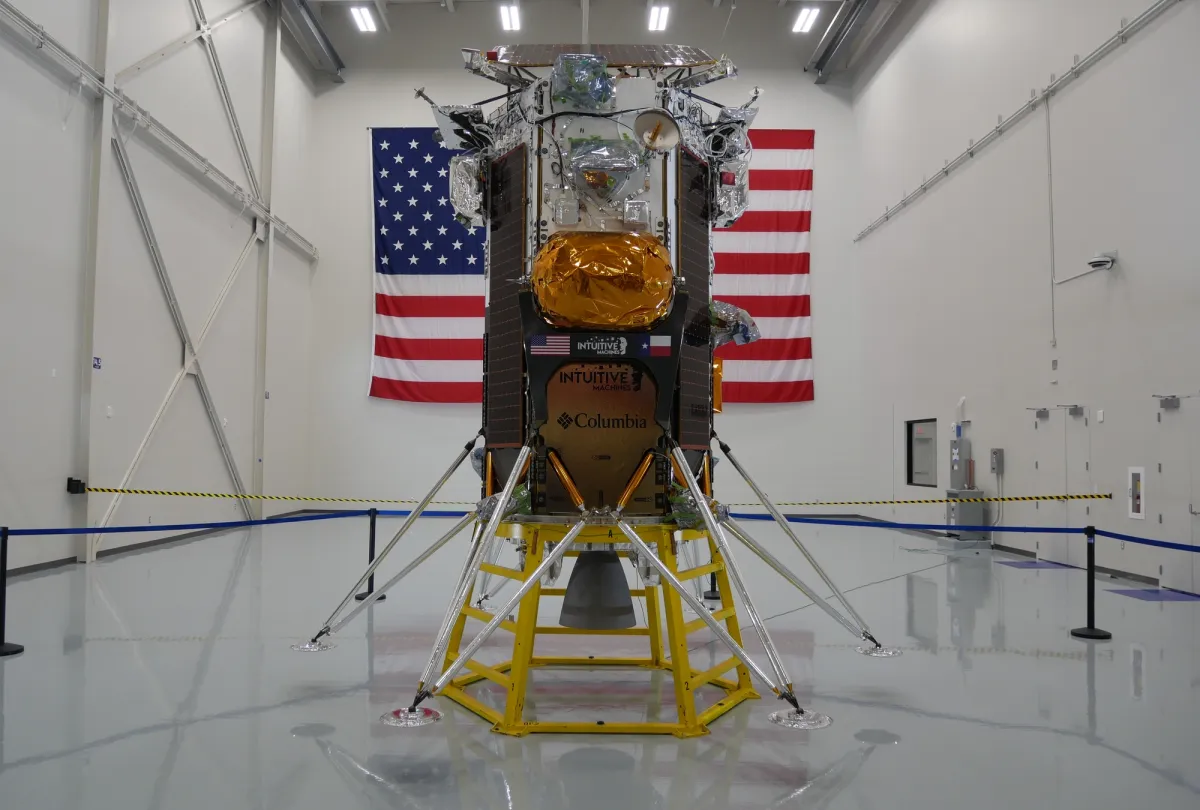What’s behind the clash, why it matters, and what it means for Musk’s empire
In a dramatic shift, Elon Musk, the billionaire behind companies such as Tesla and SpaceX, has entered into a sharp public confrontation with Sean P. Duffy, the U.S. Transportation Secretary and acting administrator of the national space agency. What began as pointed comments on social platforms has morphed into a high-stakes dispute with major implications for regulatory oversight, space policy and Musk’s ambitious vision of autonomous vehicles and lunar missions.
The Spark
The friction ignited when Sean Duffy publicly challenged the progress of Musk’s space company in delivering on its contract to land humans on the Moon. Duffy suggested that the space agency would open up the contract to other firms given delays, and questioned whether SpaceX’s flagship rocket system was on schedule. In response, Musk took to social media, mocking Duffy’s credentials, calling him “Sean Dummy” and saying that someone with a “two-digit IQ” should not be responsible for America’s space program.
Musk’s tweets and posts were more than mere insults—they underscored a deeper strategic frustration. For Musk, who has for years posed as a policy insider and presidential confidant, the criticism felt like a betrayal. For Duffy, the matter is about performance, mission assurance and safeguarding taxpayer dollars.
Why This Feud Matters
1. Regulatory Vulnerability
Musk’s companies rely heavily on federal contracts—SpaceX for lunar and orbital missions, Tesla for autonomous-vehicle approvals and mobility licences. Duffy oversees both the transportation and space regulations that affect these businesses. A strained relationship heightens regulatory risk: investigations, slower approvals, tougher standards. Musk’s assaults risk provoking exactly that.
2. Space Policy and Strategic Autonomy
The lunar contract in question is part of the national strategy to land Americans on the Moon and outpace rival powers. Duffy’s remarks signal a willingness to diversify vendors, reducing monopoly risk and increasing competition. For Musk, that threatens his strategic position and business model. The dispute raises the broader question: who controls the future of U.S. space capability—the private visionary or the public regulator?
3. Public Relations and Investor Perception
While Musk sells bold futures—robotaxis, self-driving fleets, moon bases—the public spats chip away at credibility. Investors and analysts worry that confrontational tactics could divert focus, invite regulatory backlash or raise the cost of compliance. Similarly, Duffy’s no-nonsense tone signals that business leaders cannot assume friendly access, even if they once did.
What’s at Stake for Musk’s Ambitions
- Autonomous Vehicles & “Mad Max” Mode: Tesla has quietly rolled out a controversial driver-assistance mode described internally as “Mad Max”, which reportedly allows more aggressive driving behaviour such as high-speed merges and rolling stops. That version is under federal safety investigation—Tied directly to Duffy’s regulatory domain. Musk’s public feud may slow approvals or invite stricter oversight.
- Lunar Mission Contract: SpaceX was awarded a major contract to land humans on the Moon. Duffy’s comments suggest that if the mission slips further, other vendors will be invited. Musk’s criticism risks appearing defensive rather than constructive, potentially undermining confidence in SpaceX’s timeline and reliability.
- Policy Leverage: Musk has long benefited from close ties to policymakers. This public break may reduce his leverage, leaving his enterprises more exposed to regulatory, competitive and diplomatic headwinds.
The Political and Industrial Backdrop
Under the current administration, transportation, infrastructure, space and automotive innovation are intertwined with national strategy. Duffy’s dual role gives him sway over both terrestrial mobility (autonomous vehicles, EV rules) and space access. Musk’s businesses operate at that intersection. For the government, ensuring safety, fairness and competition takes precedence—even if it frustrates private actors with grand ambitions.
The clash also reflects a wider shift: from a period of relative regulatory ease for tech billionaire projects to a phase of tighter scrutiny. The public legitimacy of moon missions, self-driving cars and commercial space ventures is now under more intense question.
What Comes Next?
- Formal Investigations: Expect updates on federal inquiries into Tesla’s driver-assistance features and SpaceX’s testing regimen. The tone of those investigations may change under Duffy’s oversight.
- Contract Announcements: The space agency may issue competitor procurement notices or open up previously exclusive contracts—signalling less deference to Musk’s firms.
- Regulatory Delays: Approvals for new features, vehicles or launches may take longer, as agencies dig deeper into implications and risk.
- Public Messaging: Watch for further taunts, posts or retaliatory comments from Musk, and more formal responses from Duffy’s office. The narrative battle will shape reputations and influence public and investor sentiment.
- Strategic Repositioning: Musk may lean harder into direct consumer products (robotics, vehicles) rather than government contracts, or adjust strategy to reduce regulatory exposure.
Implications for Stakeholders
- Investors: Must assess whether Musk’s confrontational style increases risk—regulatory, reputational and execution.
- Corporate Leaders: The case highlights that even giants with historic influence must maintain relationships with regulators, balance rhetoric and collaborate rather than antagonise.
- Government Agencies: Their role is under spotlight—national security, consumer safety and competition demand more visible guard-rails when dealing with high-profile private actors.
- Public/Consumers: The outcomes of this feud may affect safety in vehicles, cost of space projects, pace of innovation—ultimately impacting everyday lives.
Final Thoughts
The feud between Elon Musk and Sean Duffy is more than a personal spat—it reflects tension between big ambition and public accountability, between private vision and regulatory oversight. For Musk, it signals that even the “first buddy” of the administration cannot take smooth sailing for granted. For Duffy, it is a chance to assert regulatory authority and ensure that grand promises come with delivery, safety and accountability.
The next few months will reveal whether this conflict turns into a productive rebalancing of power, or whether Musk’s aggressive style triggers more serious setbacks. Either way, one thing is clear: the future of self-driving cars, commercial moon landings and national space policy is being shaped not just in boardrooms and launchpads—but in tweets, press briefings and negotiations in Washington.














Leave a Reply